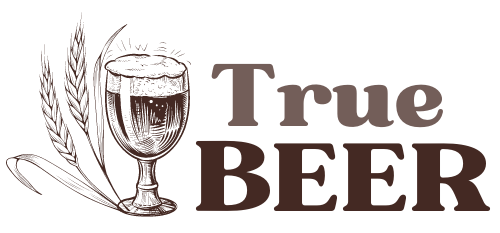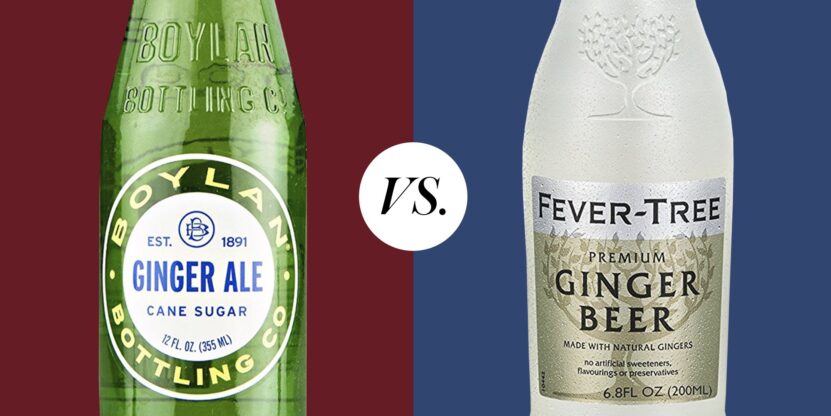Welcome to the fascinating world of ginger-infused beverages! Two drinks that often spark curiosity are ginger beer and ale. As a huge fan, I think that both are refreshing, fizzy, and carry the distinct flavor of ginger, but they are not the same.
These beverages share a common ingredient—ginger—but their similarities largely end there. They differ in taste, brewing process, carbonation levels, and even cultural significance.
In the following sections, we will journey through the history of these beverages, dissect their ingredients and brewing processes, and explore their unique characteristics. By the end of this article, you’ll be well-equipped to distinguish between the beer and the ale, and perhaps even develop a newfound appreciation for these delightful drinks. Enjoy!
Definition and Origins
Ginger beer
Despite its name, this is not a beer in the traditional sense. It’s a naturally sweetened and carbonated beverage, usually non-alcoholic, that is produced by fermenting prepared ginger spice, yeast, and sugar. Originating in the mid-18th century in England, it was originally an alcoholic brew, with a content of around 11% ABV.
However, modern versions are typically less than 0.5% ABV, classifying them as non-alcoholic. The history of the beer is intertwined with the maritime trade of the British Empire. Sailors consumed it to combat seasickness, and it eventually spread to England, the Caribbean, and beyond.
The drink’s popularity peaked in the early 20th century, but it has recently seen a resurgence, particularly as a mixer in cocktails.
Ginger ale
On the other hand, the ale is a non-alcoholic beverage that was created in Ireland around 1850. It’s a sweet, ginger-flavored carbonated soft drink, often used as a home remedy for indigestion and motion sickness.
Unlike the beer, the ale doesn’t undergo a fermentation process. Instead, it’s made by adding the flavor to carbonated water, sweetening it, and sometimes adding a touch of citrus. Its history is also quite interesting. It was initially created by a doctor as a medicinal tonic.
The drink quickly gained popularity and was commercialized by the Cantrell & Cochrane Company in the late 19th century. Today, this beverage is enjoyed worldwide and is a staple in many households.
Ingredients and Brewing Process
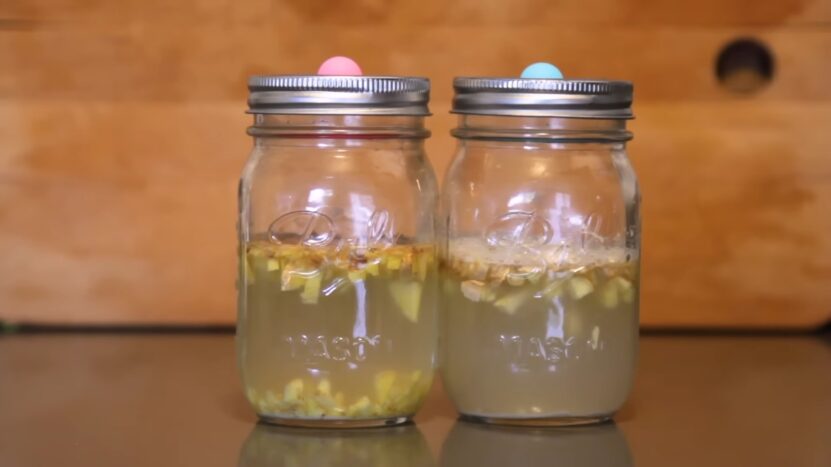
The ingredients used in the beer are simple and natural. The primary components are fresh ginger root, sugar, lemon juice, and a bacterial-yeast culture known as a “ginger beer plant.” The brewing process involves fermenting the ginger and sugar with water and the plant.
This fermentation process, which typically takes a few days, creates a fizzy beverage with a robust flavor. The brewing process of the beer is a fascinating blend of science and art. It begins with the creation of a “plant” or starter culture, which is a mix of yeast and bacteria.
This plant is then fed with sugar and ginger over several days. Once the plant is mature, it’s strained, and the liquid is mixed with more sugar and water, then bottled and left to ferment. After a few days, the result is a naturally carbonated, spicy, and tangy beverage.
The ale, in contrast, is made by adding either natural or artificial flavorings to carbonated water, along with sweeteners and sometimes lemon or lime juice. The process is much simpler and quicker than that of the beer.
There’s no fermentation involved, which means that the ale lacks the depth of flavor found in the beer but is lighter and more refreshing. The production of this beverage involves carbonating water, adding sweeteners, and then incorporating flavors.
Some manufacturers use natural extracts, while others use artificial flavorings. The result is a sweet, bubbly drink with a mild flavor. Some brands also add a hint of citrus to enhance the flavor.
Flavor Profile
The beer has a robust, spicy flavor that can be quite intense. The prominent ginger taste is accompanied by a certain spiciness that sets it apart from most other carbonated beverages. This spiciness comes from the natural chemical compounds in ginger, particularly gingerol, which gives the root its distinctive heat.
Its flavor profile is complex and layered. The initial sweetness is quickly followed by the heat of the ginger, and the finish is often tangy, thanks to the addition of lemon juice. This complexity makes this beverage a popular choice for mixologists, who use it to add depth and character to cocktails.
The ale has a milder, sweeter flavor. The ginger taste is present but not as pronounced as in the beer. It’s less spicy and has a smoother, more palatable flavor that appeals to a wider audience. This makes it a versatile beverage that can be enjoyed on its own or used as a mixer in a variety of drinks.
Its flavor is often described as sweet, crisp, and refreshing. The flavor is more subtle than in the beer, and it’s often complemented by a slight citrus note. This makes the ale a popular choice for those who enjoy the flavor of ginger but prefer a milder, less spicy beverage.
Carbonation Levels
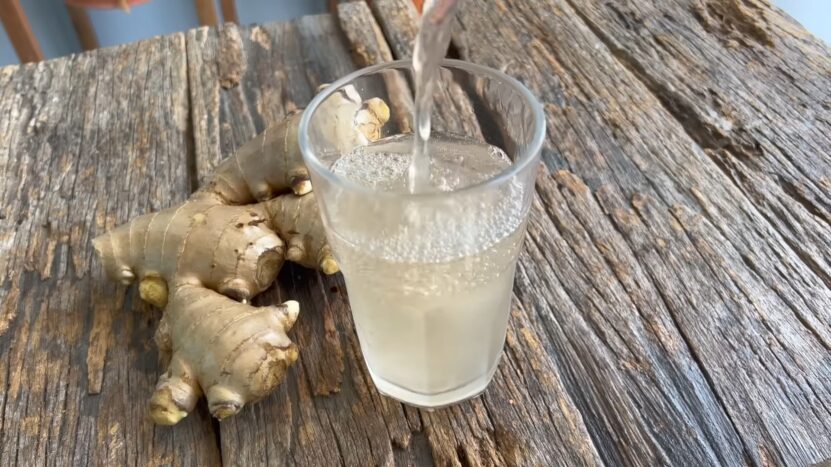
Ginger beer is known for its effervescence. The fermentation process naturally produces carbon dioxide, which gives the beverage its characteristic fizz. This fizziness, combined with the spiciness of the ginger, makes for a lively and invigorating drink.
The bubbles in the beer are typically smaller and less aggressive than those in many other carbonated beverages. This results in a smoother mouthfeel and allows the flavors to shine through without being overshadowed by excessive carbonation.
Ginger ale, while also carbonated, tends to have a lighter fizz compared to the beer. The carbonation is added during the production process, rather than being a byproduct of fermentation. This results in larger, more vigorous bubbles, similar to those found in sodas.
The lighter carbonation of the ale makes it a refreshing and easy-to-drink beverage. The carbonation is typically more similar to that of other soft drinks. It’s bubbly and effervescent, but not overly so. This makes it a great choice for those who enjoy carbonated beverages but prefer a milder flavor profile.
Sweetness and Sugar Content
In general, the beer is sweeter than the ale. The sweetness comes from the sugar used in the fermentation process. However, the amount of sugar can vary widely depending on the brand or recipe, with some versions being quite sweet and others more balanced.
Despite its sweetness, the beer’s robust flavor and spiciness often balance out the sugar, preventing it from being overly sweet. However, it’s worth noting that the sugar content in the beer can be quite high, which may be a consideration for those watching their sugar intake.
Ginger ale, while also sweet, typically has a lower sugar content compared to the beer. The sweetness is more subtle and is often complemented by a slight tartness from the added citrus. This makes the ale a lighter, more refreshing option for those who prefer less sweet beverages.
While both beverages are sweet, the level of sweetness can vary significantly depending on the brand and specific recipe. It’s always a good idea to check the sugar content on the label if this is a concern for you.
Uses and Pairings
Ginger beer is commonly used as a mixer in cocktails, with the Moscow Mule being one of the most famous examples. Its robust flavor and natural fizz make it an excellent companion to various spirits. However, it’s also enjoyable on its own, served chilled with a slice of lemon or lime.
In terms of food pairings, this beer goes well with spicy and flavorful dishes. Its spiciness can stand up to strong flavors, and its carbonation and sweetness can help balance out heat and richness.
Ginger ale, with its milder flavor and lighter carbonation, is a versatile beverage. It’s often used as a mixer in cocktails, but it’s also a popular standalone drink. Its refreshing qualities make it a great palate cleanser, and it pairs well with a wide range of foods.
It is often used in cocktails, both alcoholic and non-alcoholic. Its mild flavor and effervescence make it a great mixer. It’s also a popular choice for a refreshing standalone beverage, especially on a hot day. In terms of food pairings, this beverage goes well with a wide variety of dishes, from spicy foods to light salads.
Alcoholic vs Non-Alcoholic Versions
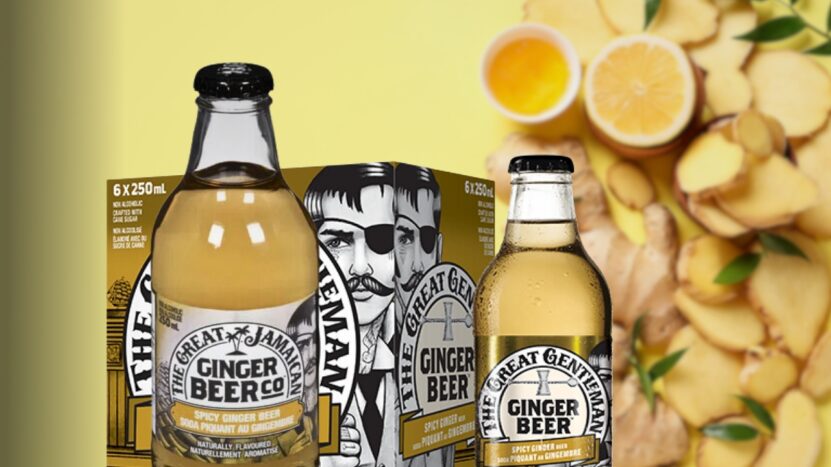
While traditional ginger beer was an alcoholic beverage, most versions available today are non-alcoholic. The fermentation process does produce a small amount of alcohol, but it’s typically less than 0.5% ABV, which allows it to be classified as a non-alcoholic beverage.
However, there are also alcoholic versions of the beer available. These are often stronger and spicier than their non-alcoholic counterparts and can have an ABV similar to that of beer or cider. These beverages are often more robust in flavor and can be enjoyed on their own or used as a mixer in cocktails.
Ginger ale, on the other hand, is non-alcoholic. It’s essentially a soft drink, similar to cola or lemon-lime soda. While it’s often used as a mixer in alcoholic cocktails, the beverage itself does not contain any alcohol.
Availability and Popularity
With both craft and commercially-produced options on the market, Ginger beer is widely available. Its popularity has been on the rise in recent years, particularly among cocktail enthusiasts and those seeking non-alcoholic beverage options with complex flavors.
While it may not be as ubiquitous as some other beverages, the beer can be found in most supermarkets, liquor stores, and online. There are also many recipes available for those who wish to try brewing their own at home.
Ginger ale, being a classic beverage, is widely available and popular. It’s produced by several large beverage companies and can be found in supermarkets around the world. Its mild, sweet flavor and refreshing qualities have made it a staple in many households.
This drink is often seen as a more mainstream beverage compared to the beer. It’s widely available in supermarkets, convenience stores, and restaurants. The drink’s popularity can be attributed to its refreshing taste, versatility as a mixer, and its reputation as a home remedy for various ailments.
Health Benefits and Considerations
Thanks to its main ingredient, the beer has several potential health benefits. Ginger is known for its anti-inflammatory properties and its ability to aid digestion. However, it’s important to note that this beer can be high in sugar, which may offset some of these benefits.
Ginger ale, while lower in sugar than the beer, also offers potential health benefits due to the presence of the plant. It’s often used as a home remedy for soothing upset stomachs and relieving nausea. However, it’s worth noting that not all ales contain real plant, so it’s important to read the label if you’re seeking these benefits.
Both beverages can be enjoyed as part of a balanced diet. However, like all sweetened beverages, they should be consumed in moderation. It’s also worth noting that while both drinks contain the plant, they should not be used as a substitute for medical treatment.
Cultural Significance and Traditions
Ginger beer holds cultural significance in several regions. In the Caribbean, for example, it’s often brewed at home using traditional methods and enjoyed during the holiday season. In the UK, it’s associated with the classic cocktail, the Moscow Mule, and has a long history dating back to the colonial era.
Ginger ale, while not tied to specific cultural traditions, is a classic beverage that has been enjoyed for generations. It’s associated with comfort and nostalgia and is a staple in many classic cocktails, such as the whiskey highball.
Whether you prefer the spicy complexity of the beer or the sweet refreshment of the ale, there’s no denying the cultural impact of these beloved beverages. Both drinks have a rich history and have been enjoyed by people around the world for centuries. Did you know that in Germany, each beer has its own glass?
FAQs:
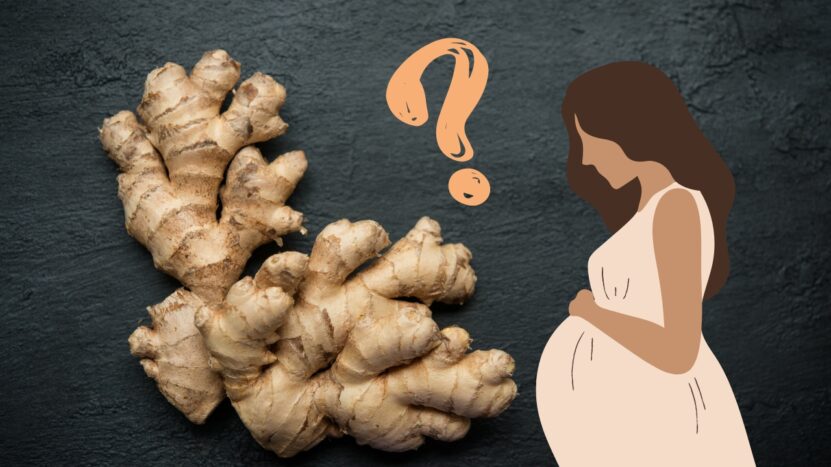
Can they be consumed by pregnant women?
Pregnant women should consult with their healthcare provider, but the ale, in particular, is often recommended to alleviate nausea during pregnancy.
Can these beverages help with an upset stomach?
Ginger ale is often recommended for soothing an upset stomach due to its ginger content, which has natural calming properties.
Is any of them suitable for children?
Non-alcoholic ginger beer or ale can be enjoyed by children in moderation.
Are there any specific brands known for their exceptional ginger beer or ale?
Yes, there are several renowned brands known for their high-quality beverages, such as Fever-Tree, Reed’s, and Bundaberg.
Do these beverages contain caffeine?
Neither ginger beer nor ale typically contains caffeine.
Conclusion
In conclusion, while ginger beer and ginger ale share a common ingredient, they are distinct beverages with their own unique characteristics. The beer, with its robust flavor and natural fizz, offers a complex and invigorating drinking experience. The ale, with its milder flavor and refreshing qualities, is a versatile and easy-to-drink beverage.
The real question is why not explore both? After all, variety is the spice of life, and in this case, the spice is ginger. Cheers to that!
